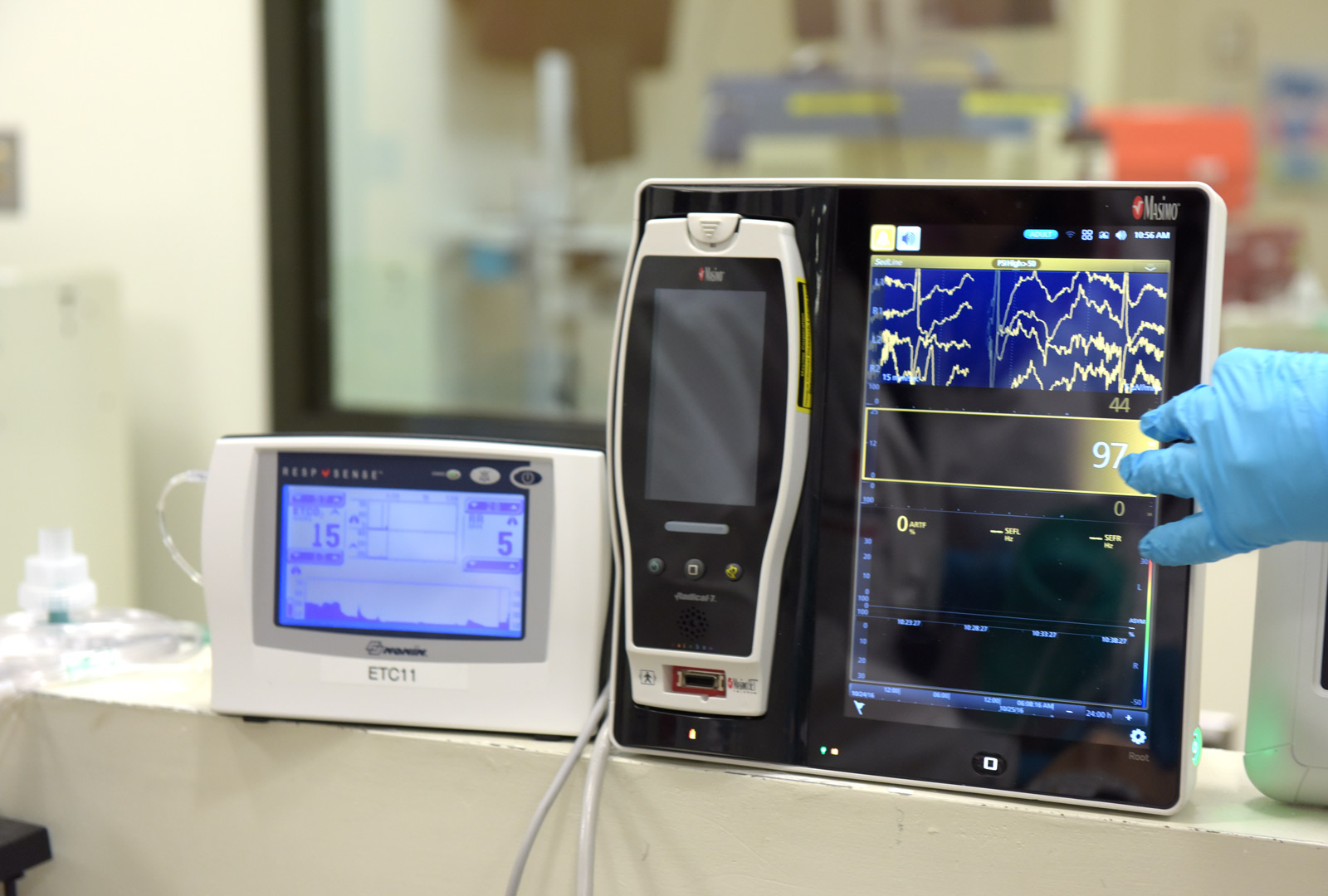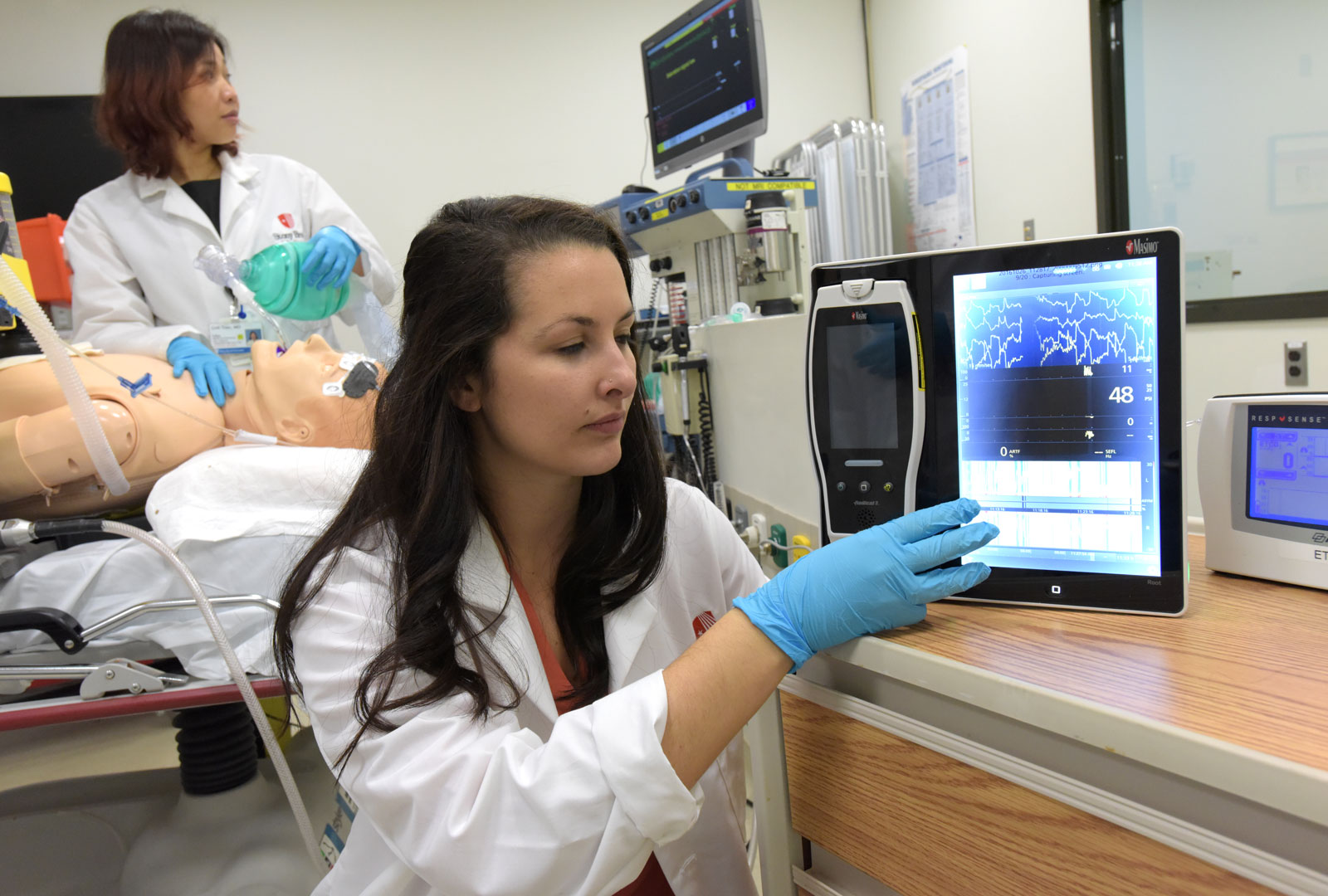
Monitoring the Effectiveness of Brain Resuscitation in Real Time
Cardiopulmonary resuscitation (CPR) is inherently less efficient at delivering blood and oxygen to the brain than a beating heart. Even when CPR is performed according to guidelines, it can only deliver approximately 20 percent of normal blood flow to the brain. Without sufficient blood flow and oxygen, the brain stops working and the cells undergo changes that lead to damage and eventual cell death.

As noted, CPR varies considerably depending on who is performing the technique, and there is no observational means of determining its effectiveness. However, newer monitoring techniques are now available that indicate the effectiveness of CPR with regard to oxygen delivery to the brain. Cerebral oximetry, which measures the amount of oxygen entering the brain, and electroencephalography, which detects electrical activity in the brain, are noninvasive methods of assessing the quality of resuscitation efforts in real-time.
Studies show that the use of cerebral oximetry during cardiac arrest may provide important insights for clinicians regarding the quality of oxygen delivery and resuscitation to the brain,1 and serve as prognosticators for patient recovery. The more blood that reaches the brain—carrying vital oxygen along with it—during resuscitation, the better the chances for higher-quality recovery.
Even when performed under “optimal” conditions, conventional CPR rarely circulates enough oxygen to the brain. When treating cardiac arrest patients, physicians face the challenge of not having a means to monitor the quality of brain resuscitation. Patients who are resuscitated are at risk of experiencing injury to the brain, disorders of consciousness, or both.

To reduce these risks, we need to identify a system to measure the quality of brain resuscitation before injury processes have progressed too far, and then modify treatments to stop and ideally reverse the injury pathways. Without a system to quantify the quality of oxygen reentering the brain during CPR, we are unable to assess the effectiveness of treatment, limiting our ability to tailor resuscitation efforts to increase the patient’s chances of survival and avoid brain injuries.
To solve this problem, we are leading a series of studies to explore the efficacy of a range of monitoring techniques that can be readily applied during resuscitation. Use of these monitoring systems during cardiac arrest is unique, and studies show that their use can improve the quality of resuscitation in real time and serve as powerful prognosticators for patient recovery. Better quality brain resuscitation is vital for higher-quality recovery.
Reference
- Parnia S … Deakin CD. Cerebral oximetry during cardiac arrest: a multicenter study of neurologic outcomes and survival. Crit Care Med. 2016. DOI. Opens in a new tab.